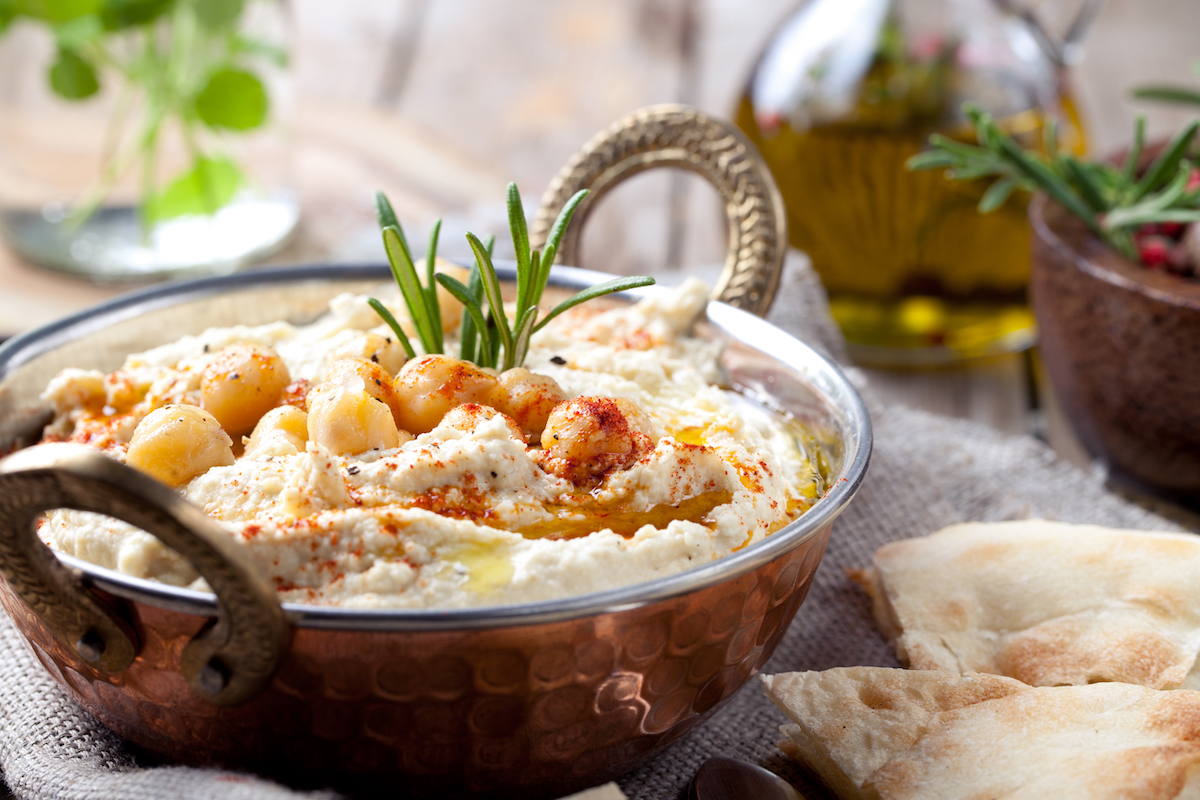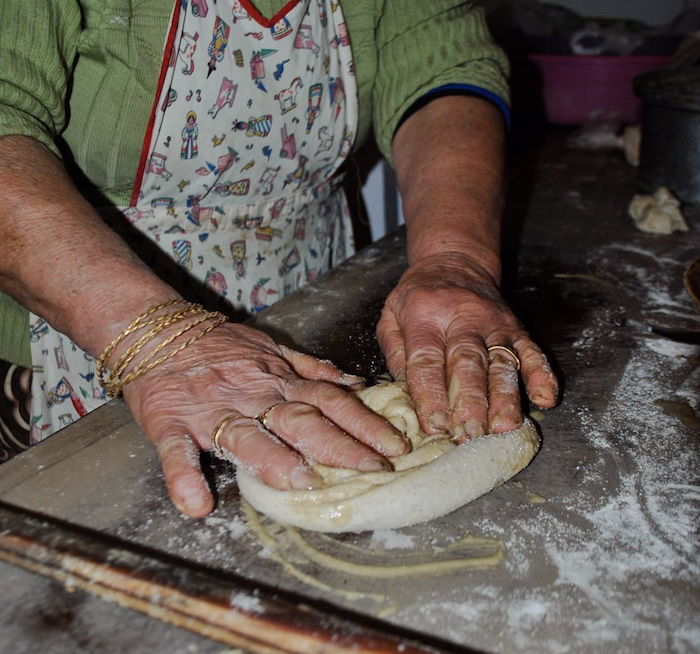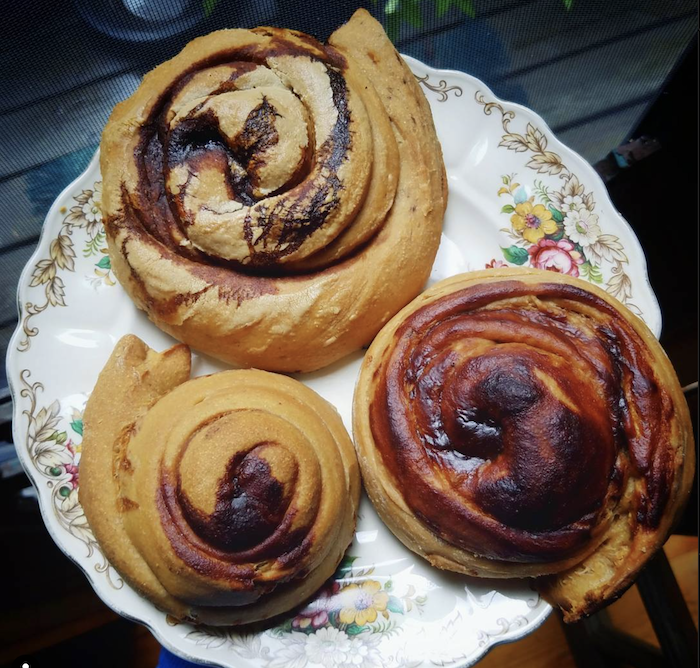The Art of Tahini Making

To know tahini is to love it. The sesame seed-based paste is creamy, nutty, and versatile, and widely used in cuisines around the world. Its origins can be traced back to ancient times, when sesame seeds were widely cultivated in the Middle East. The seeds were used for cooking, baking, and oil production, and the process of making tahini was likely developed as a way to preserve and store the oil.
The first recorded use of tahini can be found in the Middle Eastern cookbook Kitab al-Tabikh, which dates back to the 10th century. It’s also believed that ancient Egyptians used tahini as a condiment and that it was spread to the Mediterranean region through trade.

How to Make Tahini
Making tahini is a relatively simple process. The sesame seeds are roasted to bring out their natural flavor, then ground into a fine paste. The paste is made by mixing the roasted sesame seeds with oil and sometimes salt until it reaches the desired consistency. The oil used in tahini production can be made from a variety of seeds and nuts, but the most commonly used oils are sesame, sunflower, and peanut.
Tahini is a staple ingredient in many Middle Eastern dishes. Perhaps the best-known tahini-based dish is hummus, a creamy dip made from chickpeas, lemon juice, garlic, and tahini. Tahini is also used in many sauces and dressings, including the traditional Middle Eastern taratour — made with tahini, lemon juice, garlic, and olive oil — as well as baba ganoush, which is made by mixing roasted eggplant with tahini, lemon juice, and spices.

Tahini is also used in many sweet dishes. Halva, a dense, fudgy dessert popular in many Middle Eastern countries, is made by mixing tahini with sugar, honey, and sometimes nut or seed flour. Tahini is also used in baked goods, such as cookies, cakes, and pastries, adding a rich, nutty flavor to the finished product.
Craving that nutty tahini flavor? See if Shef delivers to your area.









